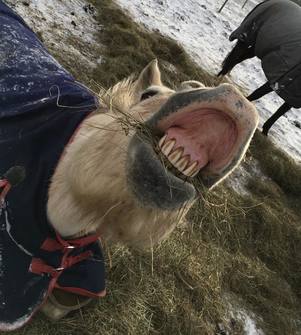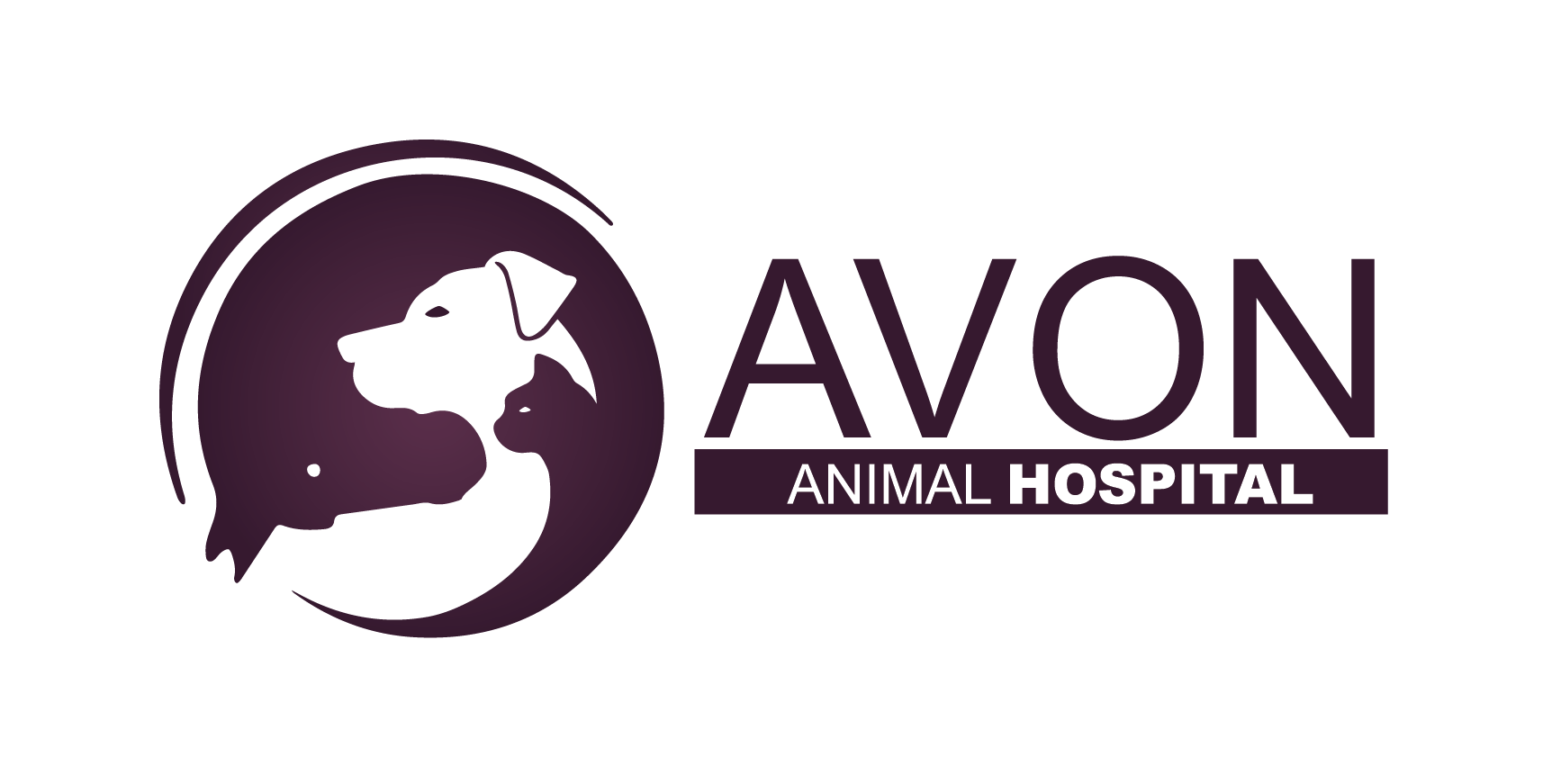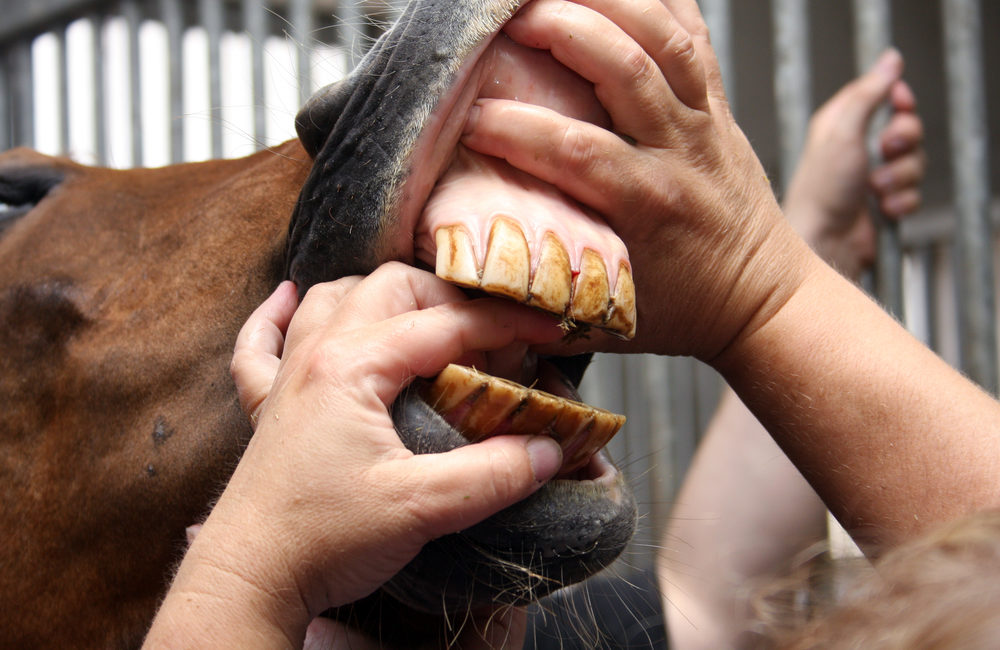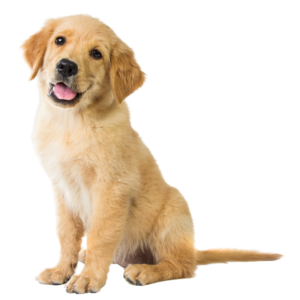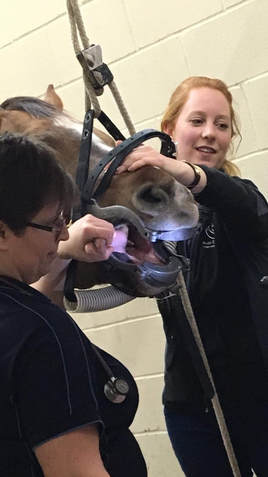 As horse owners, we are told to get our horses’ teeth checked and floated at least once a year. But why?
As horse owners, we are told to get our horses’ teeth checked and floated at least once a year. But why?
A horse’s teeth are continuously erupting throughout their life. They also chew their food by moving their jaws from side to side in a figure 8 motion. The combination of these two factors results in the development of sharp enamel points along the outside of the upper cheek teeth and along the inside of the lower cheek teeth. Over the course of a year, these enamel points can develop enough to begin to cause trauma to the soft tissues in the mouth as the horse chews. Horses can also have dental abnormalities or poor dental conformation which will worsen over time if not addressed on a regular basis.
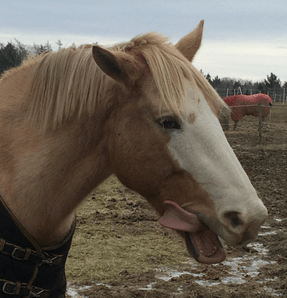
The best way to know if your horse’s teeth need to be floated is to sedate them and open their mouth using a speculum.
Why does my horse need to be sedated?
Without sedation, it is very difficult to get proper visualization of all of the horse’s teeth. Their molars go far back in their mouth, and the veterinarian will use a light source to see, as well as running their hands along the teeth, feeling for sharp points and if there are any loose teeth. Sedation will help to facilitate this, regardless of how well behaved the horse is. The sedation we use to sedate horses is very safe and despite the horse looking very sleepy, they will remain standing.
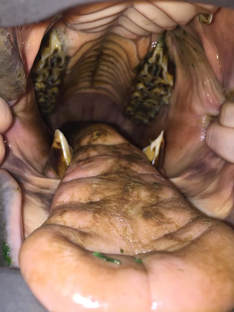
What happens if my horse doesn’t get his teeth floated?
If your horse doesn’t have his teeth floated the wearing of his teeth can cause the sharp points to growing larger. As the enamel points become larger and sharper this can cause wounds and ulcers on the inside of the horse’s mouth. If the sharp points are left to progress the horse will eventually have difficulty eating and will begin to lose weight. One of the early signs of this can be when the horse drops hay or grain out of their mouth while eating.
What is floating and what does it do?
To float means to smooth a rough surface. When a horse has its teeth floated the sharp enamel points that have developed on the sides of the teeth are removed leaving a smooth edge. We use an electric float, that looks like a very large nail file/Dremel tool. A lot of veterinarians use an electric float as it makes the procedure relatively quick and it is easier for both horse and veterinarian.
Horses can also have dental abnormalities or poor dental conformation which will worsen over time if not addressed on a regular basis.
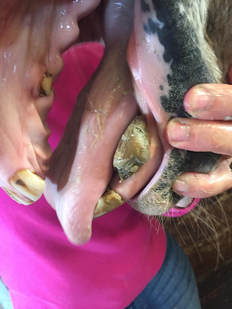
Dental Abnormalities include:
Wave Mouth
The normal conformation of a horse’s mouth consists of all 4 dental arcades running straight from front to back. A horse with a wave the mouth has 1 or more of the dental arcades running in a wave-like fashion due to uneven wear.
Hooks
Hooks are sharp protrusions that occur on the front of the first cheek teeth or on the back of the last molars. These hooks create excessive wear of the opposing teeth resulting in increasing length of the hooks over time.
Tartar on canines
Tartar is a mineralized plaque of food particles and other organic material that become deposited on the teeth by the saliva. In the horse, the most common place for this to accumulate is on the canine teeth. Failure to remove this tartar can result in inflammation of the soft tissue around the tooth, and degradation of the tooth itself.
